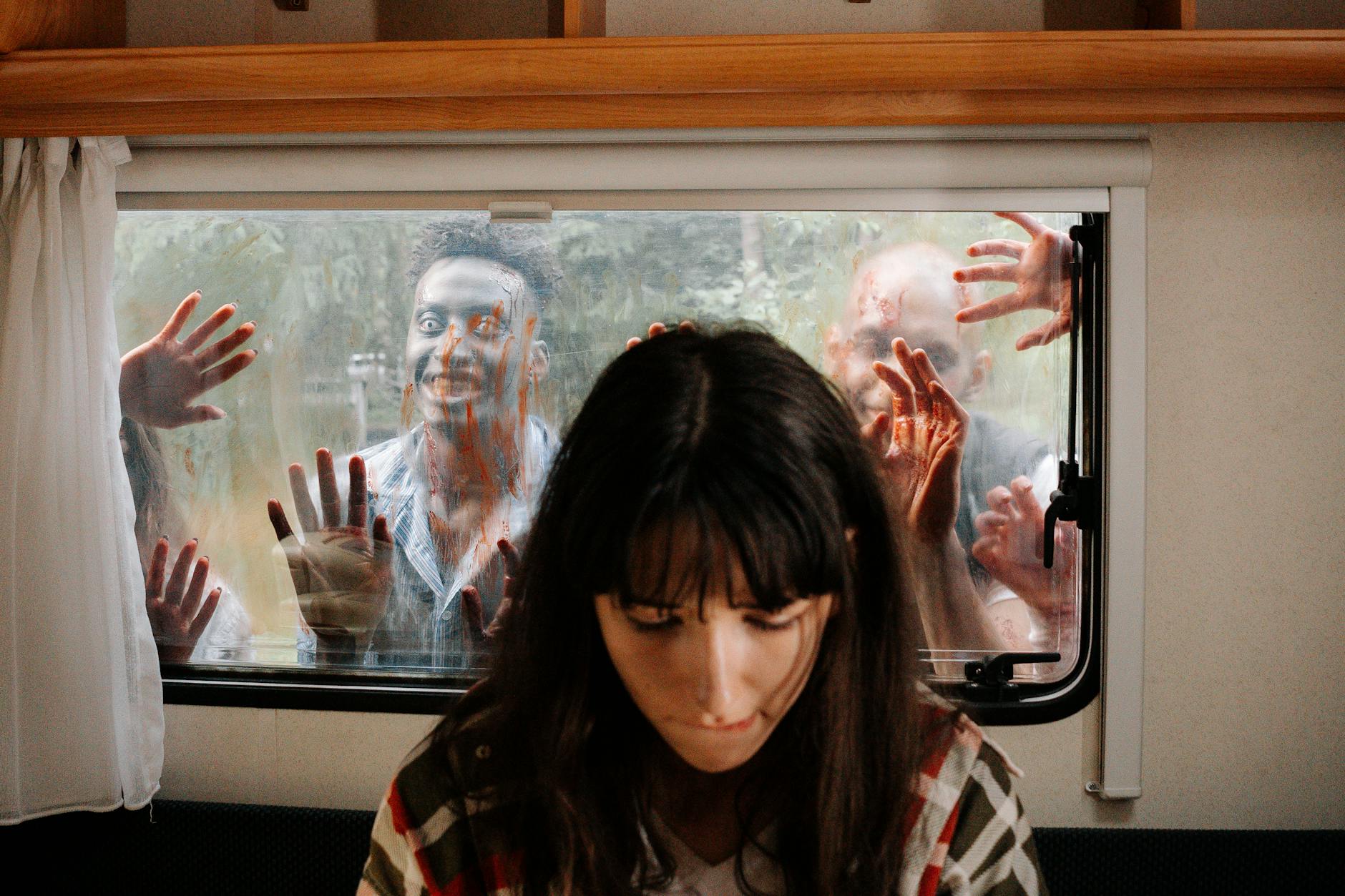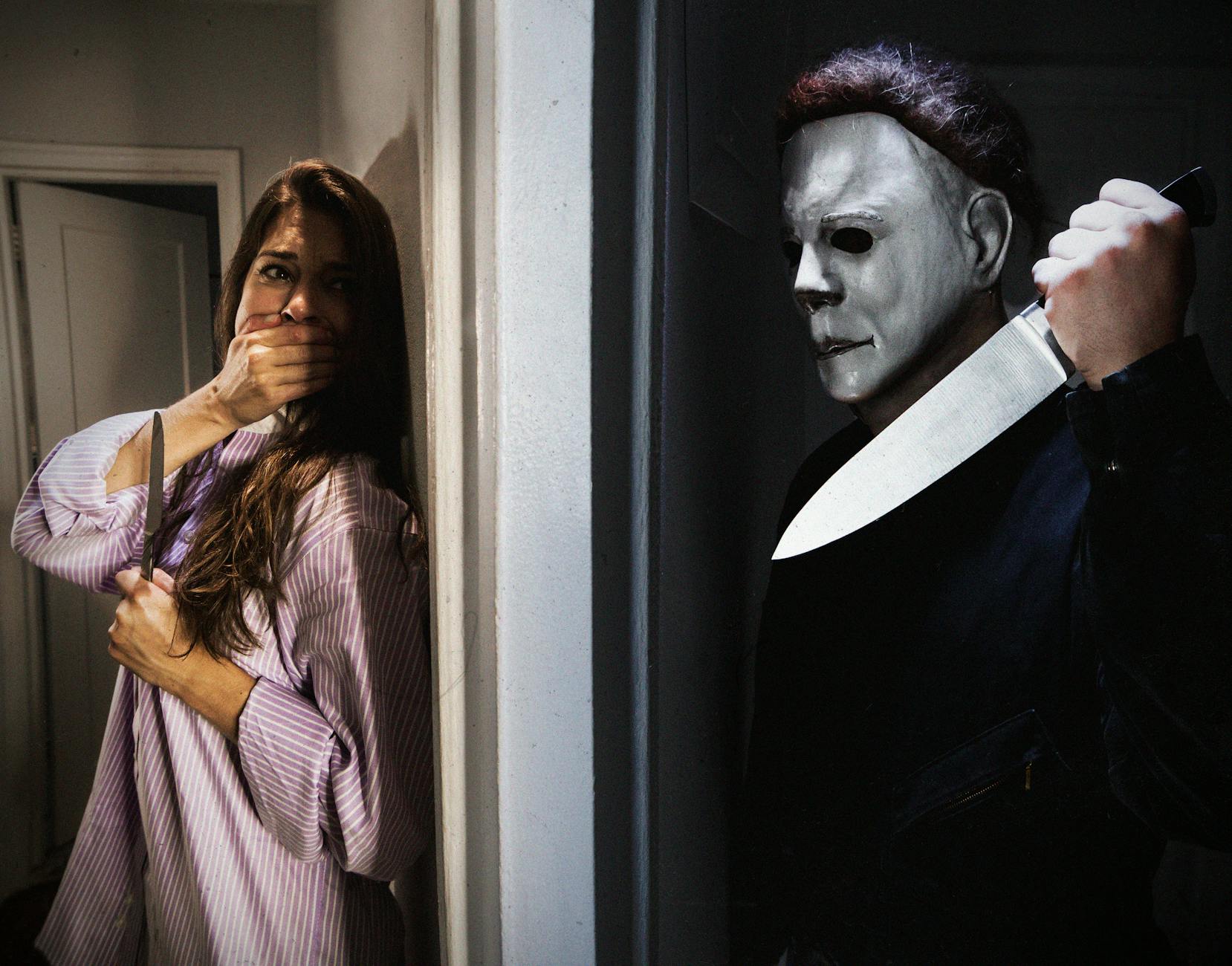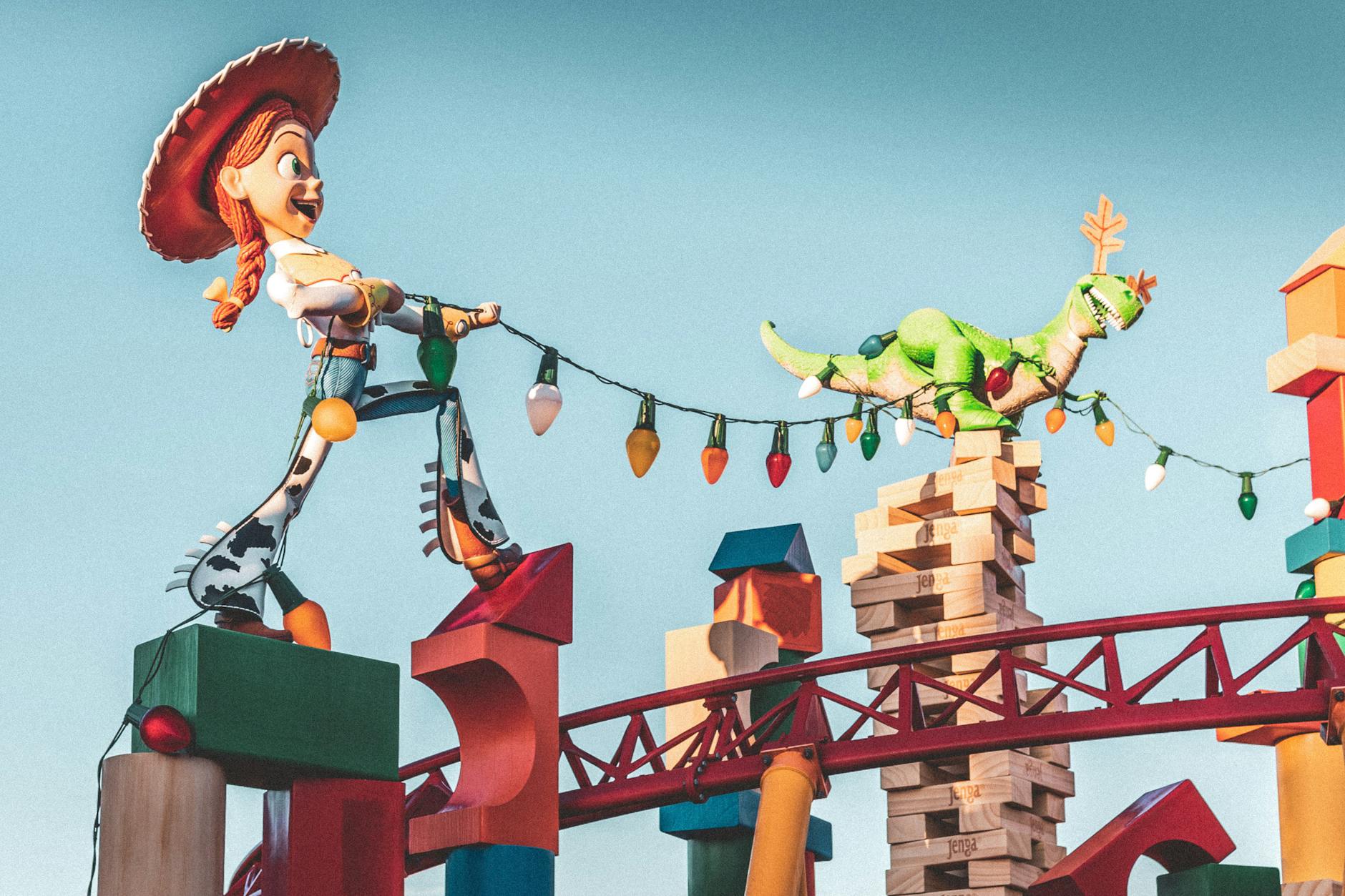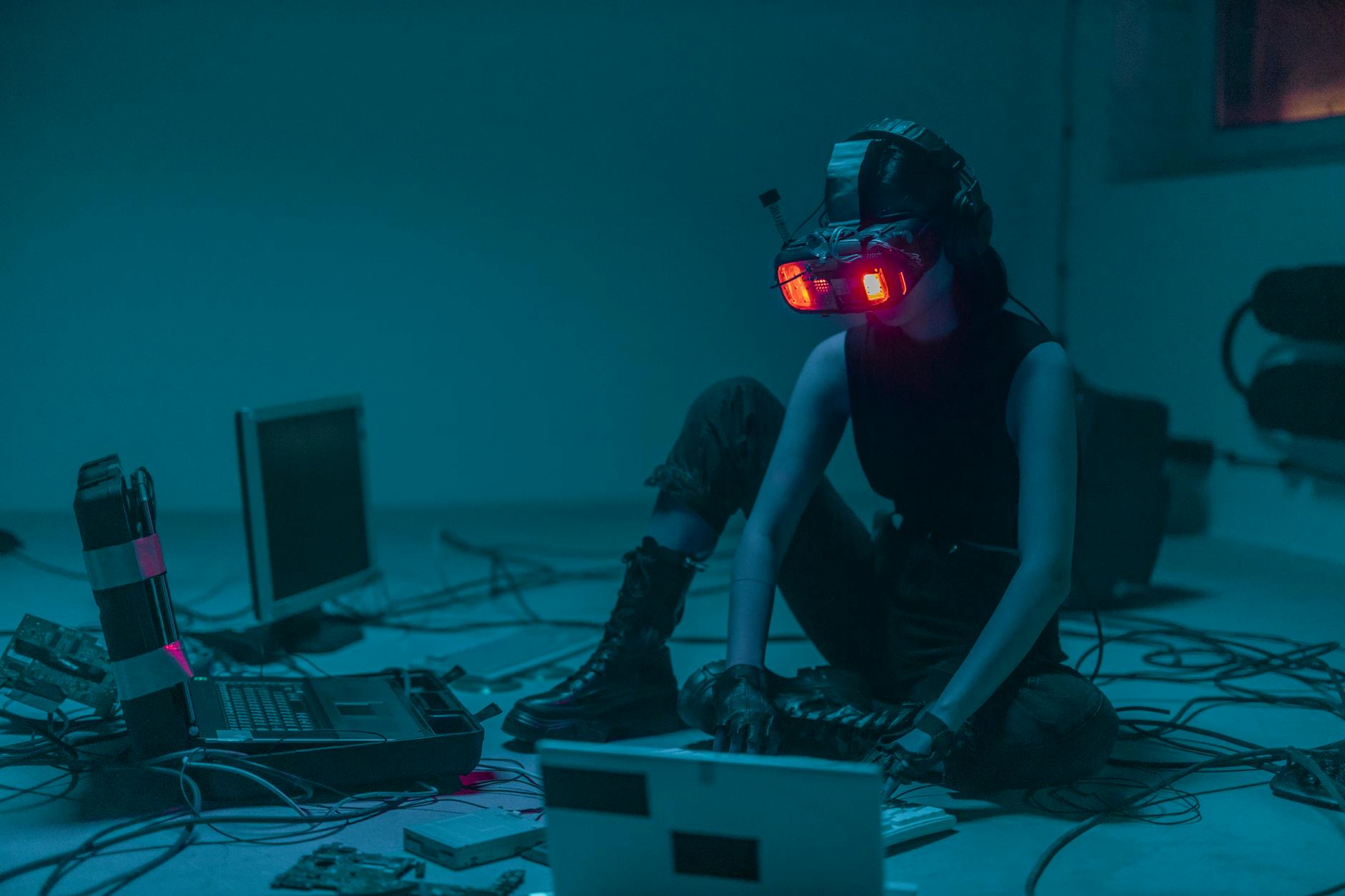The 21st century has been a golden era for British horror films, with filmmakers pushing the boundaries of the genre and creating some truly unforgettable experiences. From psychological thrillers to supernatural hauntings, British horror has continued to evolve and captivate audiences worldwide. Here, we explore some of the best British horror films of the 21st century, highlighting their unique contributions to the genre.

1. 28 Days Later (2002)
Directed by Danny Boyle and written by Alex Garland, 28 Days Later is often credited with revitalizing the zombie genre. The film follows Jim (Cillian Murphy), who wakes up from a coma to find London deserted and overrun by a virus that turns people into rage-fueled killers. The film’s haunting depiction of a post-apocalyptic Britain and its fast-paced, terrifying sequences have made it a modern classic1.
2. Shaun of the Dead (2004)
Edgar Wright’s Shaun of the Dead is a brilliant blend of horror and comedy. The film follows Shaun (Simon Pegg) and his best friend Ed (Nick Frost) as they try to survive a zombie apocalypse in their small London neighborhood. With its sharp wit, clever references to classic horror films, and genuine scares, Shaun of the Dead has become a beloved cult favorite1.
3. The Descent (2005)
Neil Marshall’s The Descent is a claustrophobic horror masterpiece. The film follows a group of women who embark on a caving expedition, only to find themselves trapped and hunted by monstrous creatures. The film’s intense atmosphere, combined with its strong character development and shocking twists, make it a standout in the genre1.
4. Eden Lake (2008)
Eden Lake, directed by James Watkins, is a harrowing tale of survival. The film follows a couple, Jenny (Kelly Reilly) and Steve (Michael Fassbender), who are terrorized by a group of violent youths while on a romantic getaway. The film’s realistic portrayal of violence and its unsettling social commentary have earned it critical acclaim1.
5. Attack the Block (2011)
Joe Cornish’s Attack the Block is a unique blend of science fiction and horror. The film follows a group of teenagers in South London who must defend their neighborhood from an alien invasion. With its sharp social commentary, engaging characters, and thrilling action sequences, Attack the Block has become a modern classic1.
6. Kill List (2011)
Kill List, directed by Ben Wheatley, is a disturbing and unpredictable horror-thriller. The film follows two hitmen who take on a mysterious assignment that leads them into a nightmarish world of cults and dark rituals. The film’s unsettling atmosphere, combined with its shocking twists and strong performances, make it a standout in British horror1.
7. The Woman in Black (2012)
James Watkins’ The Woman in Black is a gothic horror film based on Susan Hill’s novel of the same name. The film stars Daniel Radcliffe as a young lawyer who encounters a vengeful ghost while settling the affairs of a deceased client. With its eerie atmosphere, haunting visuals, and strong performances, The Woman in Black is a chilling ghost story1.
8. Under the Skin (2013)
Jonathan Glazer’s Under the Skin is a haunting and visually stunning film. Starring Scarlett Johansson as an alien who preys on men in Scotland, the film explores themes of identity and humanity. Its unsettling atmosphere, striking visuals, and thought-provoking narrative have earned it critical acclaim1.
9. The Babadook (2014)
Although directed by Australian filmmaker Jennifer Kent, The Babadook has strong British ties through its production and distribution. The film follows a single mother and her son who are haunted by a sinister presence from a mysterious children’s book. The film’s exploration of grief and mental illness, combined with its terrifying atmosphere, make it a standout in modern horror1.
10. The Witch (2015)
Robert Eggers’ The Witch is a chilling tale set in 17th-century New England. The film follows a Puritan family who encounter dark forces after being banished from their community. With its historical accuracy, unsettling atmosphere, and strong performances, The Witch has been praised as one of the best horror films of the decade1.
11. His House (2020)
His House, directed by Remi Weekes, is a powerful and haunting film that blends social commentary with supernatural horror. The film follows a refugee couple from South Sudan who move to a small English town, only to discover that their new home is haunted by a sinister presence. The film’s exploration of trauma and displacement, combined with its terrifying atmosphere, make it a must-watch1.
12. Saint Maud (2019)
Rose Glass’s Saint Maud is a psychological horror film that follows a devout hospice nurse who becomes obsessed with saving the soul of her dying patient. The film’s unsettling atmosphere, combined with its exploration of faith and madness, make it a standout in modern horror1.
13. Host (2020)
Host, directed by Rob Savage, is a found-footage horror film that takes place entirely over a Zoom call. The film follows a group of friends who perform a séance during a lockdown, only to unleash a malevolent spirit. The film’s innovative use of technology, combined with its genuine scares, make it a standout in the genre1.
14. The Ritual (2017)
David Bruckner’s The Ritual is a chilling tale of survival and supernatural horror. The film follows a group of friends who embark on a hiking trip in the Scandinavian wilderness, only to find themselves stalked by a sinister presence. The film’s atmospheric setting, combined with its strong performances and terrifying sequences, make it a standout in modern horror1.
15. A Dark Song (2016)
A Dark Song, directed by Liam Gavin, is a unique and unsettling horror film. The film follows a grieving mother who hires an occultist to perform a ritual that will allow her to speak to her deceased son. The film’s slow-burn approach, combined with its intense atmosphere and strong performances, make it a standout in the genre1.
The 21st century has seen a resurgence of British horror films, with filmmakers pushing the boundaries of the genre and creating some truly unforgettable experiences. From psychological thrillers to supernatural hauntings, these films have captivated audiences and earned critical acclaim.
Whether you’re a fan of classic horror or looking for something new and innovative, these British horror films are sure to keep you on the edge of your seat.













